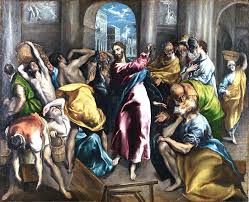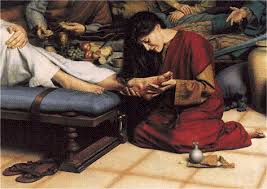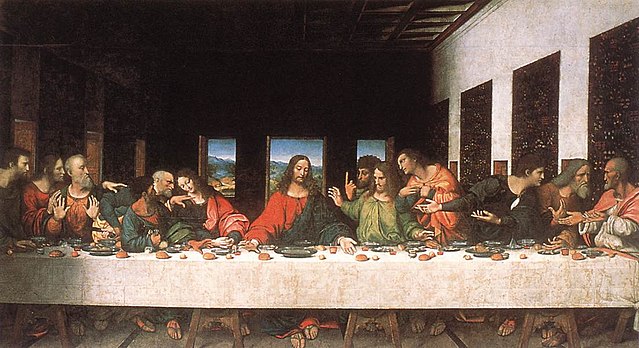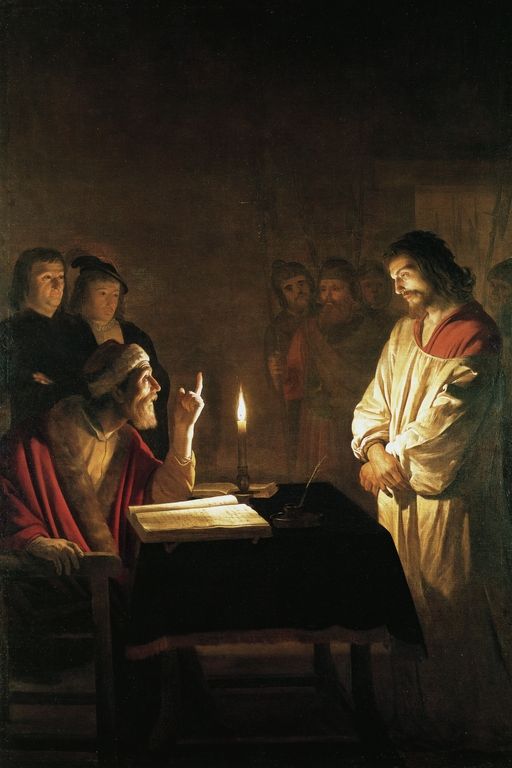Holy Week and the Problem of Time
Introduction
Unless we are an academic theologian, we normally don’t worry too much about problems of time as we read the accounts of Holy Week in the gospels. We may be subconsciously aware of certain discrepancies between the accounts of the four gospels, but we tend to concentrate on the gospel which is being read that particular year. Unless you are a bit of a history geek (like me), or if you are trying to write a novel about Jesus.

Writing ‘Jesus the Troublemaker’
I started writing a blow-by blow account of the last eight days of Jesus’ life in September 2020, and finished it four months later. (It will have its public launch on 1st March). I enjoyed writing it immensely. But it did make me do some hard thinking, specially about time. Because there are some discrepancies, and if you are writing a novel-type work, you have to make choices and know why.
So here are some of the problems of time where different gospels have different chronologies:
- Jesus arriving at the Temple – early on Palm Sunday or late?
- When did he throw the traders out of the Temple? Sunday to Monday?
- When was he anointed by a woman at Bethany – six days before Passover or two?
- Was the Last Supper held at Passover or the day before?
- When was Jesus tried before Caiaphas – at night or in the early morning?
Who to trust?
Of the four gospels, I take Mark as the earliest and most reliable. He is used by both Luke and Matthew, and has the most detailed account of events. Luke is a reliable secondary source. I think that he gathered the material for his gospel and Acts in Judaea and Galilee which Paul was in prison in Caesarea, c.58-60 AD. In particular, he has his own sources for the account of the Last Supper and all that followed. I have come to think that John is a first-hand witness, a Jerusalem disciple called John, like the more famous son of Zebedee. His account needs to be taken seriously but with some caution. For instance, I think that he elaborates the speeches and discussions, following the practice of the time, just as Plato did with Socrates. Matthew, in my opinion, adds little of any value apart from what he reproduces of Mark and some teaching. I shall ignore him.
When did Jesus arrive at the Temple? And when did he throw the traders out?
Mark says Jesus entered Jerusalem and went into the Temple; and when he had looked around at everything, as it was already late, he went out to Bethany with the twelve.
On the following day, when they came from Bethany…’ Jesus cursed a fig tree and threw the traders out of the Temple. Matthew and Luke both ignore the time gap, because it was not significant. But clearly Mark is right on two counts:
- a) the detail is not significant, and
- b) Jesus arrived late because he had just walked 18 miles uphill from Jericho.
We can be sure of that because the previous day would have been the Sabbath and he would not have walked anywhere.
Even if Jesus arrived at the Temple two or three days before, he would still have had that 9 hours’ walk and he would still have arrived at the Temple late.

John however tells the story of the expulsion of the traders in chapter 2, i.e about three years before the crucifixion. I think this has been misplaced and that Mark is correct.
a) We do not hear of Jesus throwing out the traders on any of the other occasions when he visited the Temple. If that is how he started his ministry, why did he not continue?
b) The details which Mark puts in are, in my view, decisive. Not only the overnight gap between his visit and his direct action, but also the telling detail, only in Mark 11.16, that ‘he would not allow anyone to carry anything through the temple’. This must mean that he organised the Galilean pilgrims to seize control of all the main gates of the Temple. In other words, it was not just a demonstration, it was an occupation. And I don’t believe it ended on Monday evening. It would have continued the whole of the week, until the authorities managed to have Jesus crucified.
When was Jesus anointed at Bethany?

Mark tells us that an unnamed woman anointed Jesus at a feast at Bethany, and that it happened two days before Passover, i.e. Tuesday evening. (The Jewish day was counted as starting at sundown).
John puts the feast at six days before Passover. That would place Jesus’ arrival on Thursday. This is possible, with the traders being expelled on Friday during the day, before the sabbath. Jesus’ arrival would then have been in time to follow the expected pattern of spending a week at the Temple before Passover.
I decided to stick to the traditional pattern of Holy Week, starting on Palm Sunday.
Was the Last Supper held at Passover or the day before?
Mark and Luke both say that the Last Supper was held on the evening (so the next day) after ‘the first day of Unleavened bread on which the Passover lamb had to be sacrificed (Mark 14.12, Luke 22.7). But John says that it happened ‘before the festival of the Passover.’ If that is the case, the Last Supper was a fellowship meal, not a Passover meal.
Hundreds of books have been written about this. I don’t know, but I had to choose, and I chose that it was a Passover meal.

When was Jesus’ trial before Caiaphas – at night or in the early morning?
Mark is clear that Jesus trial before Caiaphas was at night. ‘As soon as it was morning, the chief priests held a consultation with the elders and scribes and the whole council. They bound Jesus, led him away, and handed him over to Pilate.’ (Mark 15.1).

Luke says that it happened in daytime. ‘When day came, the assembly of the elders of the people, both chief priests and scribes, gathered together, and they brought him to their council.’ (Luke 22.66). A major problem with this is that trials held at night were illegal.
John tells us of an earlier questioning by Annas, a former high priest, but records nothing of what may have happened under Caiaphas.
Luke also tells of an additional trial before Herod, between the two questionings by Pilate.
This is where writing an account as a piece of historical fiction was a great help. It made sense for the soldiers to take Jesus first to Annas as a delaying tactic while Caiaphas hurriedly prepared the trial. The temple priests were used to getting up before daybreak to cast lots to assign the various duties of the day in the Temple. In early April it began to get light at 6.00. I suggest the following timing:
12.00 – 2.00 Questioning by Annas
6.00 – 7.00 Trial under Caiaphas
7.00 – 9.00 Three questionings of Jesus, by Pilate, by Herod and by Pilate again.
If I am right at placing the Praetorium in the northern part of Herod the Great’s palace, it was only a five minute walk between Pilate’s headquarters and Heron Antipas’ palace.
9.00 to Golgotha, just ten minutes’ walk away.
Is this likely? You’ll just have to read ‘Jesus the Troublemaker’ to find out.
Next week
What happened Where? Holy Week and the Problem of Place
Monday 1st March 7.30
Do sign up for the public launch of ‘Jesus the Troublemaker’. Bring all your questions and ideas!
https://www.eventbrite.co.uk/e/launch-of-jesus-the-troublemaker-tickets-139940418559

